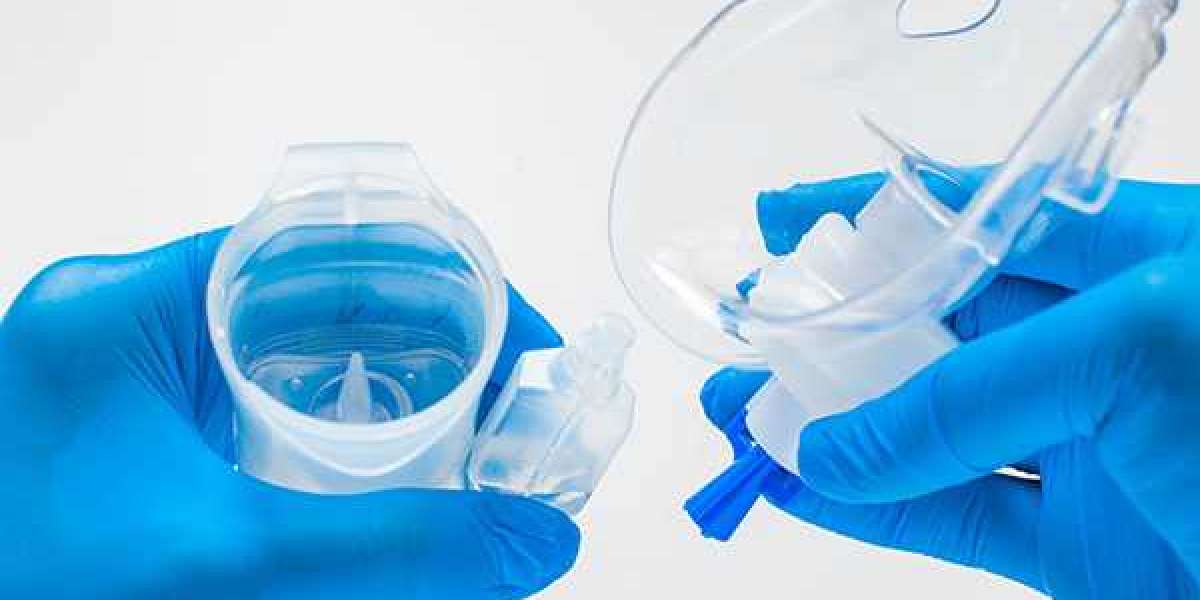Overview of Medical Plastics
Medical plastics have become ubiquitous in healthcare applications over recent decades. A wide range of polymers are now used in everything from surgical tools and medical devices to implants, prosthetics, and diagnostic equipment. Some key advantages of plastics for medical applications include their lightweight nature, durability, biocompatibility, and flexibility in design and manufacturing. This article provides an overview of common medical plastics and their uses in modern patient care.
Thermoplastics in Surgical Tools and Medical Devices
Thermoplastics like polyvinyl chloride (PVC) and polyolefins are widely employed in disposable medical tools and devices. These plastics can be easily shaped, formed, and sealed through heating and cooling processes like injection molding and extrusion. Common thermoplastic applications include surgical drapes, gowns, gloves, face masks, catheters, tubing, syringes, and many other single-use items. Thermoplastics offer sterilizability, low cost, and convenience as they can be produced quickly and disposed of after a single use, reducing risks of cross-contamination compared to reusable materials.
Thermoplastics are also used to construct housings and components of more complex medical devices like dialysis machines, ventilators, ultrasound probes, endoscopes, and surgical tools. Their material properties allow intricate geometries to be replicated precisely while withstanding regular cleaning and sterilization cycles. Polycarbonate and acrylic thermoplastics often feature in medical device and equipment construction due to their transparency properties as well.
Engineering Plastics for Implants and Prosthetics
Engineering plastics with advanced material qualities have enabled new frontiers in medical implants and prosthetics. Ultra-high molecular weight polyethylene (UHMWPE) exhibits high strength and wear resistance essential for articulating joint replacements like knees, hips, and shoulders. Since its introduction, UHMWPE has vastly improved implant service lifetimes and mobility for millions worldwide.
Polyetheretherketone (PEEK) possesses radiolucency, making it well-suited for spinal and cranial implants. Its elastic modulus closely matches bone to minimize stress shielding while exhibiting biocompatibility and fatigue resistance. Titanium alloy and stainless steel bone screws, plates and rods are also widely employed in orthopedic and trauma surgery for strength and compatibility with scans.
Meanwhile, thermoplastic elastomers like polyurethanes facilitate lifelike prosthetics with soft tissue properties and resilience. Silicone formulations provide a barrier while transmitting sensory feedback in advanced prosthetic sockets and sleeves. Such optimized plastics enable unprecedented functionality and quality of life restoration for individuals with missing or non-functioning anatomy.
Diagnostic Equipment and Accessories
Diagnostic imaging modalities heavily rely on plastics to construct vital optical, electronic and mechanical systems. Liquid crystal polymers maintain precision tolerances in ultrasound transducer arrays and fiber optic cabling while withstanding stringent sterilization. Epoxy molding compounds encapsulate sensitive circuitry within CT and MRI scanners in protective housings.
Acrylic sheet forming finds use manufacturing view boxes and light boxes in radiology departments as the material effectively diffuses transmitted light for image analysis. Meanwhile polycarbonate excels as a housing material for portable ultrasound carts, endoscopy towers and lab equipment given its impact resistance, clarity and ease of disinfection. An assortment of commodity plastics from polypropylene to nylon further serve construction of trays, stands, handle grips and miscellaneous accessories throughout diagnostic settings.
Labware, Filtration and Storage
Plastics dominate the production of labware, filters and consumable storage products essential for diagnostic testing and biomedical research. Polypropylene and polyethylene provide an optimal combination of clarity, low bind-in, autoclavability and cost effectiveness for lab bottles, flasks, Petri dishes, microtubes, pipette tips and more. These widely inert plastics minimize risk of compound interactions.
Nylon and polycarbonate reinforce syringes and lab centrifuge containers against high speeds and mechanical stresses. PTFE and PVDF excel as biomaterial compatible membrane choices for important separations in areas like dialysis, blood filtration and cell culture. Meanwhile, plastics like PET and HDPE offer practical sterile storage and transportation solutions for reagents, blood products and clinical specimens with excellent barrier properties.
Future Outlook
Advancements in polymers and manufacturing technologies will undoubtedly yield further medical product innovations to come. Areas of active RD include smart plastics possessing sensing, actuating and communication abilities for integrated diagnostics. 3D printed personalized implants fabricated from biodegradable polyesters address shortages while minimizing invasive surgery. Tissue engineering scaffolds may someday harness biopolymers ability to encourage natural regeneration. Always guided by principles of biocompatibility and sterility, medical plastics will remain at the forefront of patient care improvement for generations to come.
Search
Popular Posts
-
 Laser Cleaning Dry Market Size, Industry & Landscape Outlook, Revenue Growth Analysis to 2030
By ajit Chary
Laser Cleaning Dry Market Size, Industry & Landscape Outlook, Revenue Growth Analysis to 2030
By ajit Chary -
 The mobile app Pin Up casino
By Pin Win
The mobile app Pin Up casino
By Pin Win -
 Turkey E-Visa for Australian Citizens
Turkey E-Visa for Australian Citizens
-
 Looking for a new high efficient product for your home or office?
By dlgroupmalta
Looking for a new high efficient product for your home or office?
By dlgroupmalta -
 Shop the Latest Collection of Fans at Malta's Leading Store - Fans Malta
By dlgroupmalta
Shop the Latest Collection of Fans at Malta's Leading Store - Fans Malta
By dlgroupmalta



